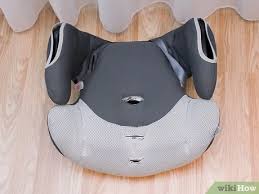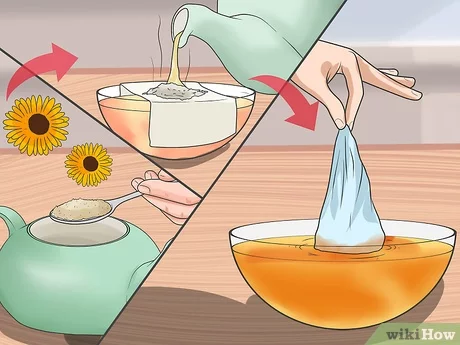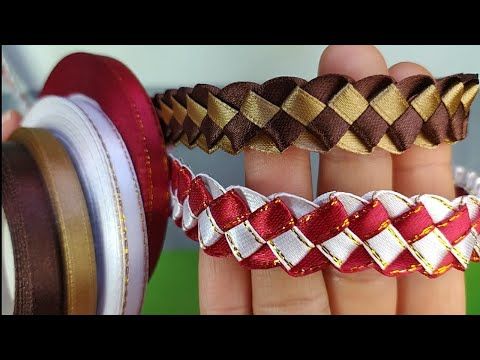How to Install a Booster Seat: 11 Steps

1.Choose the right booster seat: Start by selecting a booster seat that is age-appropriate, meets safety standards, and fits your child’s weight and height requirements.
2.Read the manual: Before installing the booster seat, thoroughly read the user manual and ensure you understand the installation process and how to safely use the booster seat.
3.Select the correct vehicle seating location: Choose a rear vehicle seat with a 3-point seatbelt system (lap and shoulder belt) or latch system for installing the booster seat. Avoid using front seats as they pose higher risks.
4.Place the booster seat on the vehicle seat: Position it flat with its back against the car seat.
5.Prepare the seatbelt or latch system: If your booster seat uses a latch system, ensure the connectors are properly attached to their respective anchors. For those using a seatbelt, ensure the belt is untwisted and ready to secure.
6.Thread the seatbelt or latch straps through the booster: Locate the designated belt path on your booster seat and thread either your lap-and-shoulder belt or latch straps through it, ensuring no twisting occurs.
7.Buckle up: Connect the latch connectors or fasten your vehicle’s lap-and-shoulder seatbelt accordingly.
8.Check for tightness: Once secured, test for tightness by applying pressure to the top of the booster seat. There should be no more than an inch of movement in any direction. If needed, refer to your vehicle’s owner’s manual for proper tightening methods.
9.Adjust headrest and back support (if applicable): Modify both to fit your child’s stature comfortably; this will help prevent injuries during sudden stops or accidents.
10.Ensure proper fit for your child: Make sure lap belts lie low across their thighs—NOT on their stomach—and shoulder belts must cross between their shoulder and neck—NOT close to their face or neck.
11.Double-check everything: Reconfirm your booster seat installation by ensuring that it is tightly secured, correctly positioned, and that your child is safely buckled in. Periodically examine the booster seat for wear or damage and replace if necessary.
Following these steps ensures a safe and comfortable ride for your child. Remember to always follow the manufacturer’s instructions and adhere to local laws regarding booster seat use.






